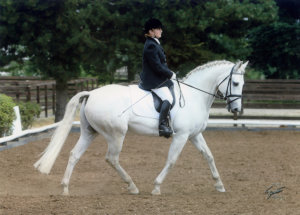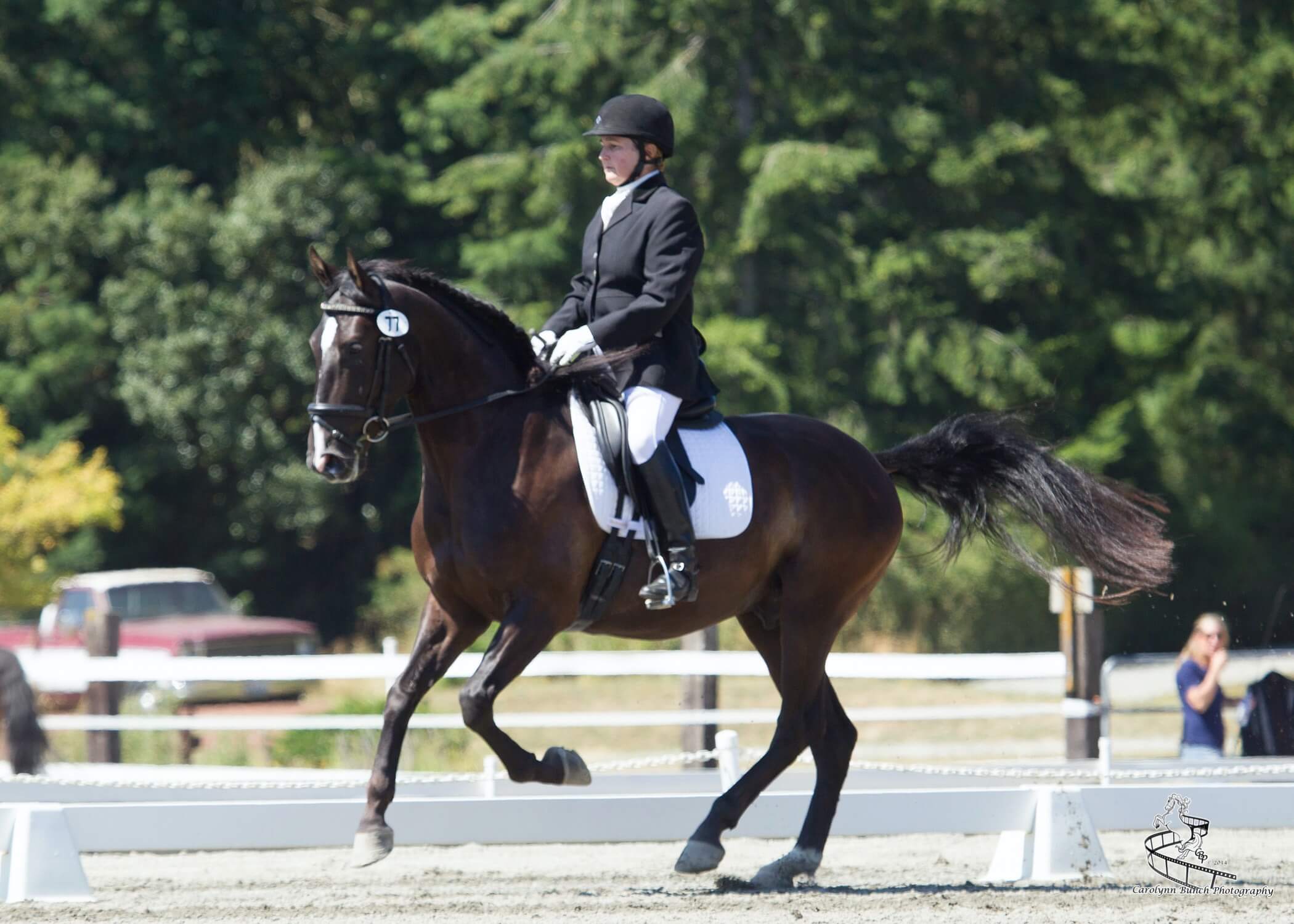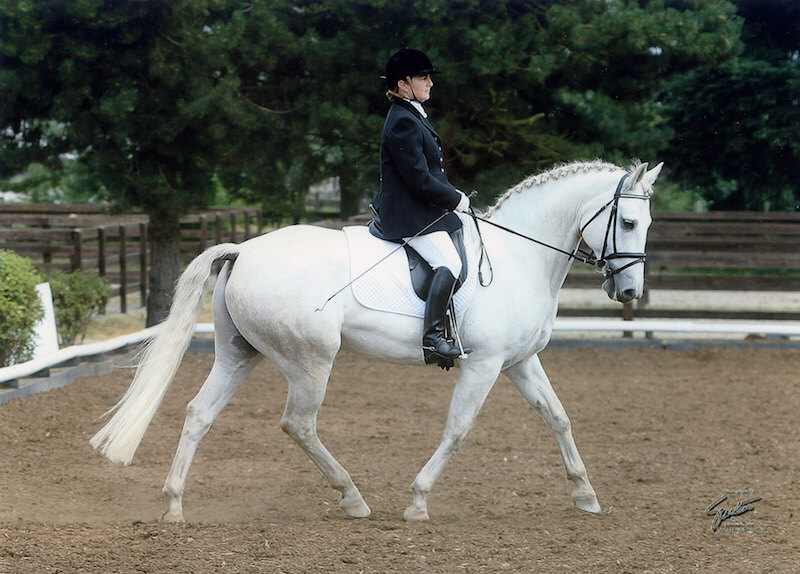How to Get the Most Out of Professional Horse Training
By Kim Roe

Taking your horse to a trainer is not like taking your car to a mechanic to be “fixed”. A mechanic can replace a broken part, then you take your car home, it runs great, and you don’t have to think about it again. Putting your horse in training is more like taking your child to school. How well “Junior” does when you bring him home from school depends on how much of a hooligan he was when you dropped him off, the competency of the teacher, and how well you are able to help him with his homework. A horse that goes off for 30 days of training is like a kid that goes off to a 2 week summer camp. He will come home with a little knowledge and some neat experiences that can fade pretty fast if he doesn’t practice what he learned.
It is important for a horse’s owner to realize that a trainer can’t change a horse’s personality, any more than she can turn a gray gelding into a bay mare. The trainer works within the boundaries of the horse’s personality and conformation, and hopefully helps to find him a suitable job, but don’t expect a trainer to take a reactive off-the-track Thoroughbred and turn him into a kid’s pony. Yes, a trainer can desensitize and expose a horse to all kinds of things, we can teach that horse to yield and respond to aids, build up his confidence and ability to concentrate, but his basic nature will remain.
Both the owner and the trainer have responsibilities that need to be met if the training is going to be successful:
Trainer’s Responsibilities
Obviously this includes the daily education of the horse, but there are many other aspects to the trainer’s job as well. When a horse first arrives at my farm for training there is always an evaluation period, when I analyze the following: Is the horse healthy and sound? Is he mature enough mentally and physically for the work the owner wants? Is he happy, frightened, angry? Is the previous training correct, or does he need to be re-trained? I monitor the new arrival throughout each day, and adjust his care and work as needed. I don’t just spend an hour a day with your horse, I live with him. Perhaps the most important role the trainer has is communicating with the owner. The trainer needs to be able to honestly and competently explain what the horse is capable of, and what he needs as far as management and training progression, and then help the owner/rider take over once the horse leaves the trainer’s care.
Owner’s Responsibilities
The horse’s owner needs to be realistic about how fit, sound, and capable her horse is before putting that horse in training. Don’t bring a horse for training that is severely over or underweight, hasn’t seen a farrier in ages, or had basic veterinary care. The owner needs to clearly define her expectations and goals to the trainer and discuss whether they are realistic. Training has a systematic progression – kindergarten before college. If an owner can’t get a horse to canter, don’t ask the trainer to put a flying change on your horse in 30 days. Sure, a trainer might be able to “get ‘er done”, but this isn’t in the horse’s best interest. Pressuring a trainer to rush the training damages a horse’s self confidence, and slows the horse’s progress.Trust and listen to your trainer. If you don’t trust her, don’t take your horse there in the first place. Carefully choose the trainer you want to work with, visit her barn, watch her ride, and ask for references.
Take regular lessons on your horse (or a school horse if necessary.) Training “goes away” faster than it goes on, so you need to be sure that when you start riding your horse you aren’t giving him conflicting or confusing aids.
Training horses is a life-long pursuit. Everyone who handles and rides horses is a horse trainer. Having your horse trained, and consequently educating yourself, can lead to some of the most rewarding aspects of horse ownership.
Published September 2011 Issue

Kim Roe grew up riding on the family ranch and competed in Western rail classes, trail horse, reining, working cow, and hunter/jumper. She trained her first horse for money at 12 years old, starting a pony for a neighbor.
Kim has been a professional dressage instructor in Washington state for over 30 years, training hundreds of horses and students through the levels. In recent years Kim has become involved in Working Equitation and is a small ‘r’ Working Equitation judge with WE United.
Kim is the editor of the Northwest Horse Source Magazine, and also a writer, photographer, and poet. She owns and manages Blue Gate Farm in Deming, Washington where she continues to be passionate about helping horses and riders in many disciplines.






